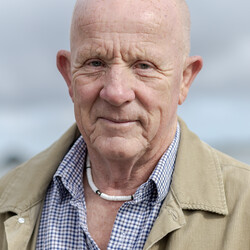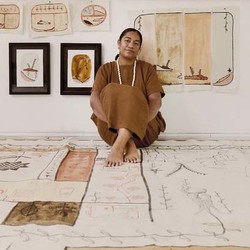Commentary
B.
Bulletin
New Zealand's leading
gallery magazine
Latest Issue
B.21601 Jun 2024
Contributors
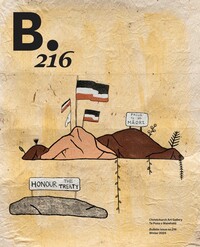
Commentary

Bringing the Soul
As an eleven-year-old boy from Whāngarei, sent to live in Yaldhurst with my aunt in the late seventies, Christchurch was a culture shock. Arriving in New Zealand’s quintessential ‘English city’, I remember well the wide landscapes and manicured colonial built environment. It was very pretty but also very monocultural, with no physical evidence of current or former Māori occupation or cultural presence, or at least none that I could appreciate at that time.
Commentary

Such Human Tide
The exhibition He Waka Eke Noa brings together colonial-era, mainly Māori, portraiture alongside objects linked to colonisation – it’s a predictably uncomfortable mix. While the degree of discomfort may depend on one’s background or degree of connection to an enduringly difficult past, objects related to emigration and colonisation can be a useful lenses. As relics from a specific period in global history, when the movement of (particularly) European people was happening at an unprecedented scale, they hold stories with a measure of complexity that obliges an open-minded reading. There is no denying that they speak of losses and gains, of injustices and rewards.
Commentary

Energies and Apparitions
This essay was written by curator Anna Davis for the Energies: Haines & Hinterding exhibition at the Museum of Contemporary Art, Australia in 2015.
The art of David Haines and Joyce Hinterding is characterised by its openness to the unseen forces that permeate human experience. Very low frequency (VLF) radio waves, television signals, paranormal events, satellite transmissions and psychic energies are all manifest within their work, which aims to summon these hidden realms and bring them to our senses. Using experimental and traditional media, they engage in an artistic dialogue with science, intersecting with areas such as electronics, solar research, geology, olfactory chemistry and high-energy physics. Aesthetic and metaphysical concerns are equally vital to their practice, which also traverses speculative and esoteric domains such as Reichian orgone energy and Kirlian ‘spirit’ photography.
Commentary
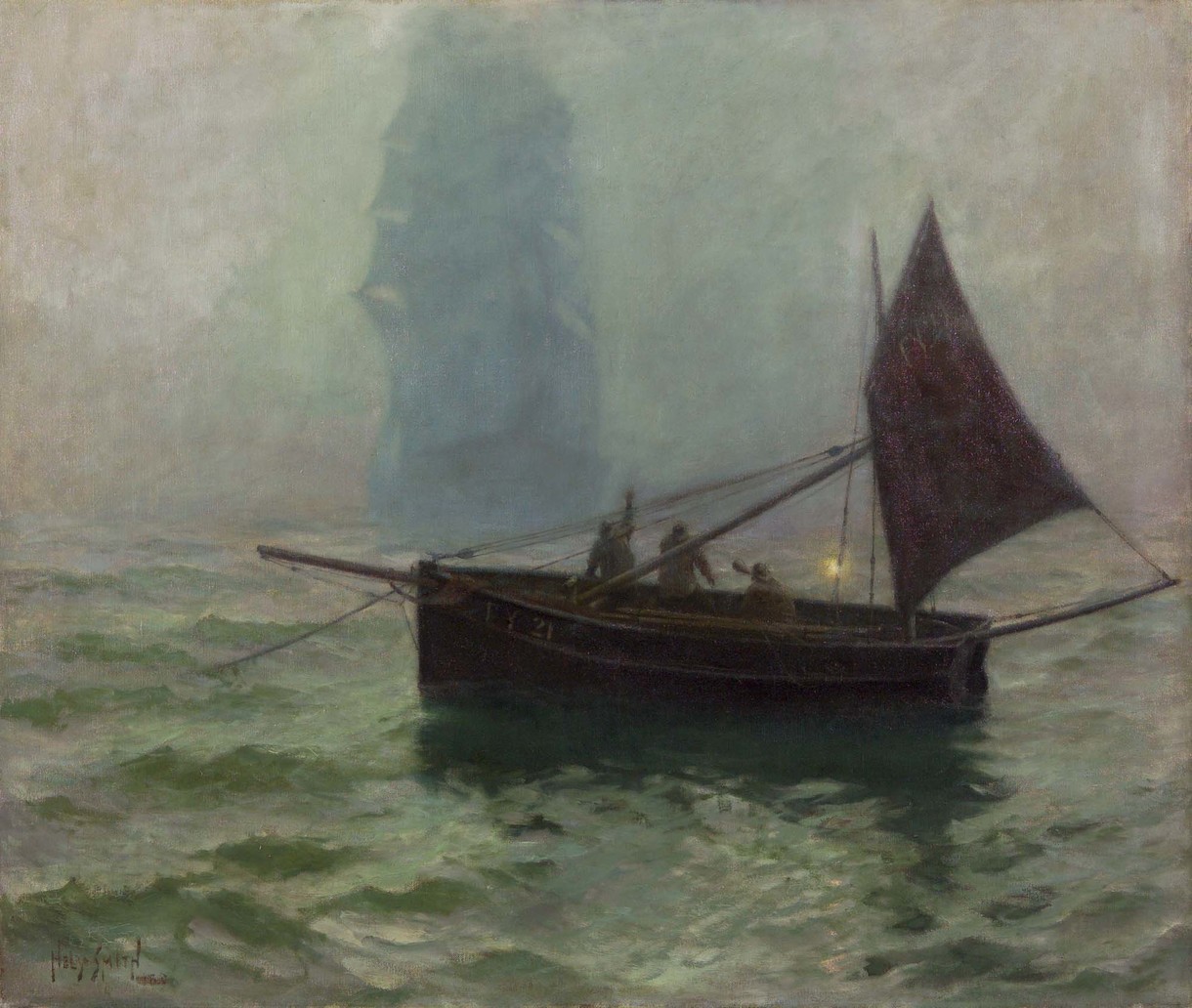
Reading the Swell
The art of the sea has always been the art of vastness—without edges and with potential for infinite extension. It is this immensity that has invaded the Reading the Swell exhibition; finding its way through the automatic doors when no one is looking and quietly expanding the walls. Like sailors, artists have laid soundings in this uncharted vastness. Reading the Swell is a small and pointed selection of those soundings that see fit to make sense of the sea.
Commentary
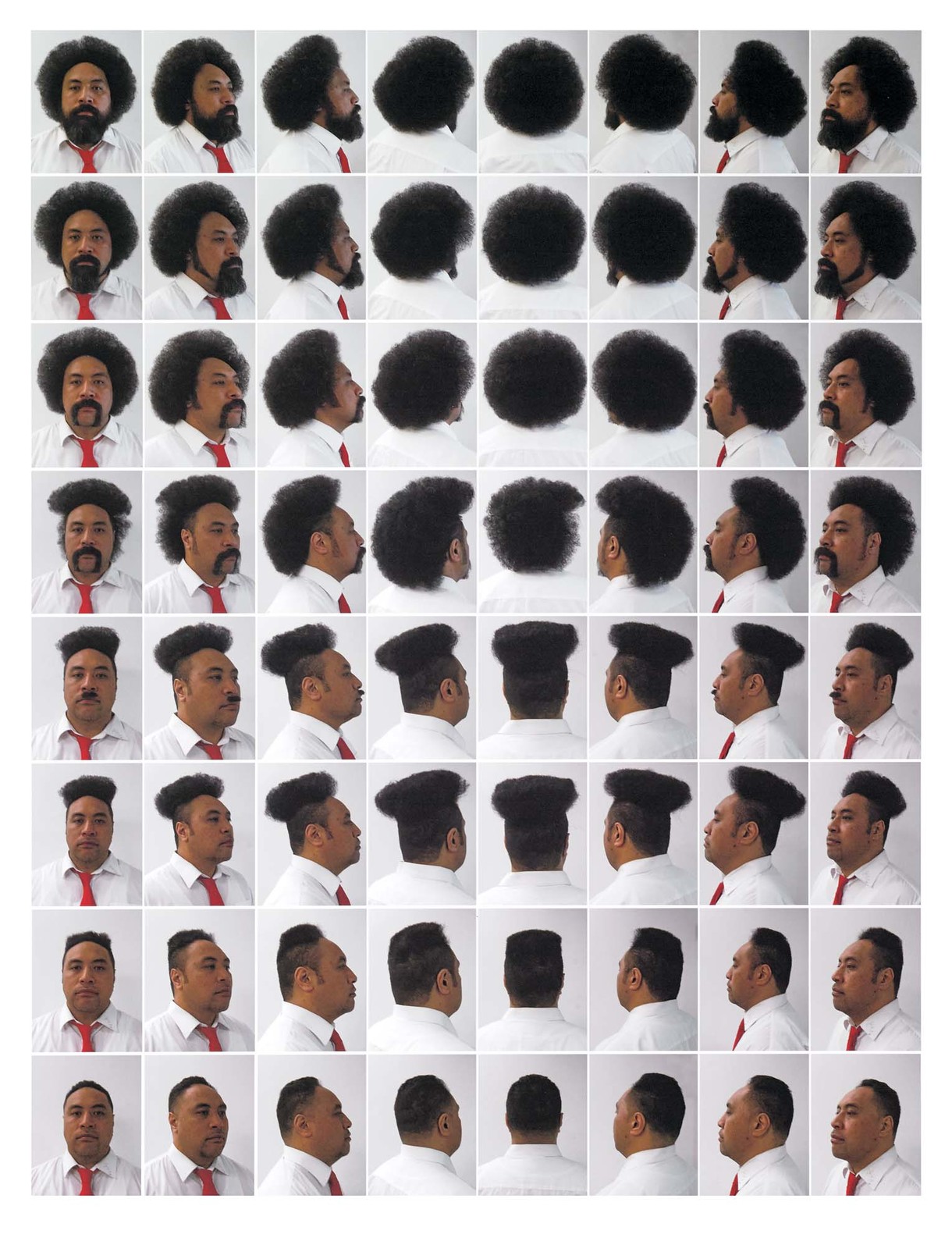
Hair Story
In drawing attention to the theatre of personal grooming, Bad Hair Day brings together portraiture and caricature with a variety of less readily classifiable works of art. The densely packed selection spans a vast historical range. And in putting bowl cuts and bushy beards alongside wayward wigs and whiskers, it highlights the sometimes comical aspects of hair, especially when styles are extreme. If wry intent is discernible throughout the exhibition, however, we shouldn’t let this fool us: hair is a topic that easily turns serious.
Commentary

Colin McCahon: Five Years in Christchurch, 1948–53
Prior to moving to Christchurch in March 1948, Colin McCahon and his family spent a little over a year living in Muritai Street, Tahunanui, on the outskirts of Nelson city. It was his most productive period as a painter to date – a phase dominated by figurative paintings with some landscapes. The products of this prolific period were brought together in his first major one-person show, at Wellington Public Library in February 1948, organised by his Dunedin friend, Ron O’Reilly. An exhibition of forty-two works made between 1939 to 1948, more than half produced in 1947, it consisted of roughly equal numbers of landscapes (including Otago Peninsula and Maitai Valley), biblical paintings (King of the Jews, Crucifixion according to St Mark ), and non-biblical figurative works (A candle in a dark room, The Family). Although it was reviewed favourably in The Listener by J.C. Beaglehole, the subsequent letters column ran hot with controversy, and it brought McCahon to national attention.
Commentary
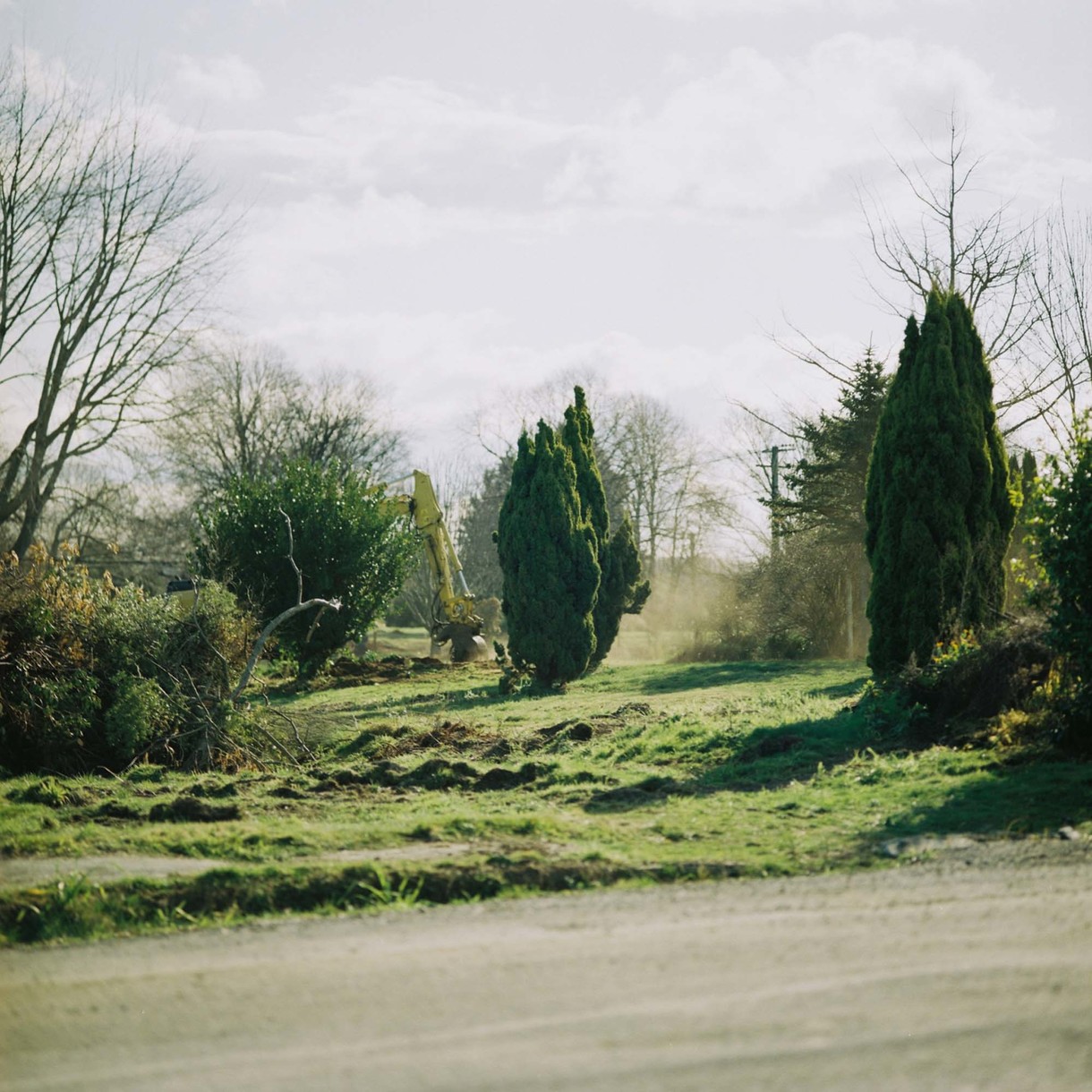
The Lines That Are Left
Of landscape itself as artefact and artifice; as the ground for the inscribing hand of culture and technology; as no clean slate.
— Joanna Paul
The residential Red Zone is mostly green. After each house is demolished, contractors sweep up what is left, cover the section with a layer of soil and plant grass seed. Almost overnight, driveway, yard, porch, garage, shed and house become a little paddock; the border of plants and trees outlining it the only remaining sign that there was once a house there.
Commentary
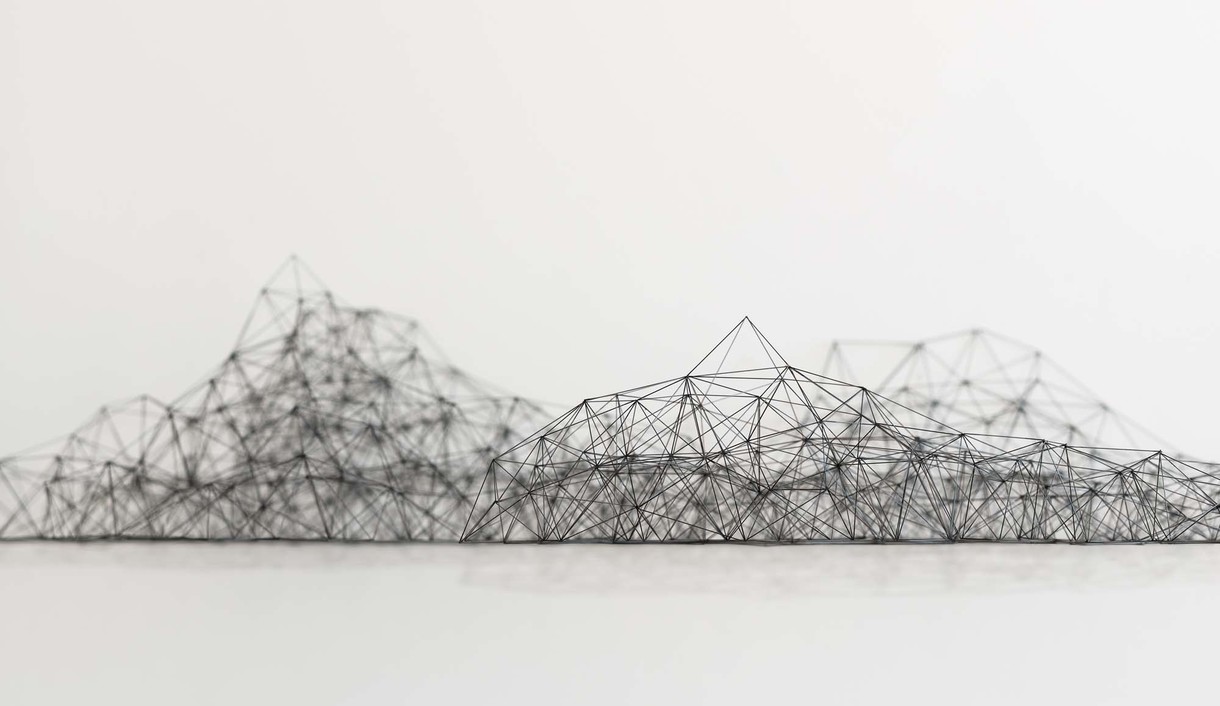
Above Ground
I go into the Gallery. Haven’t been there in a while. Building closed. It was open to begin with. Civil Defence HQ in the weeks following the shock that laid the city low and who knew glass could be so strong, so resilient? Then the Gallery closed. It was cordoned off, behind wire netting. Something was going on in there. Someone said something had cracked in the basement. Someone said they needed to insert a layer of bouncy forgiving rubber beneath glass and concrete, ready for any future slapdown.
Commentary
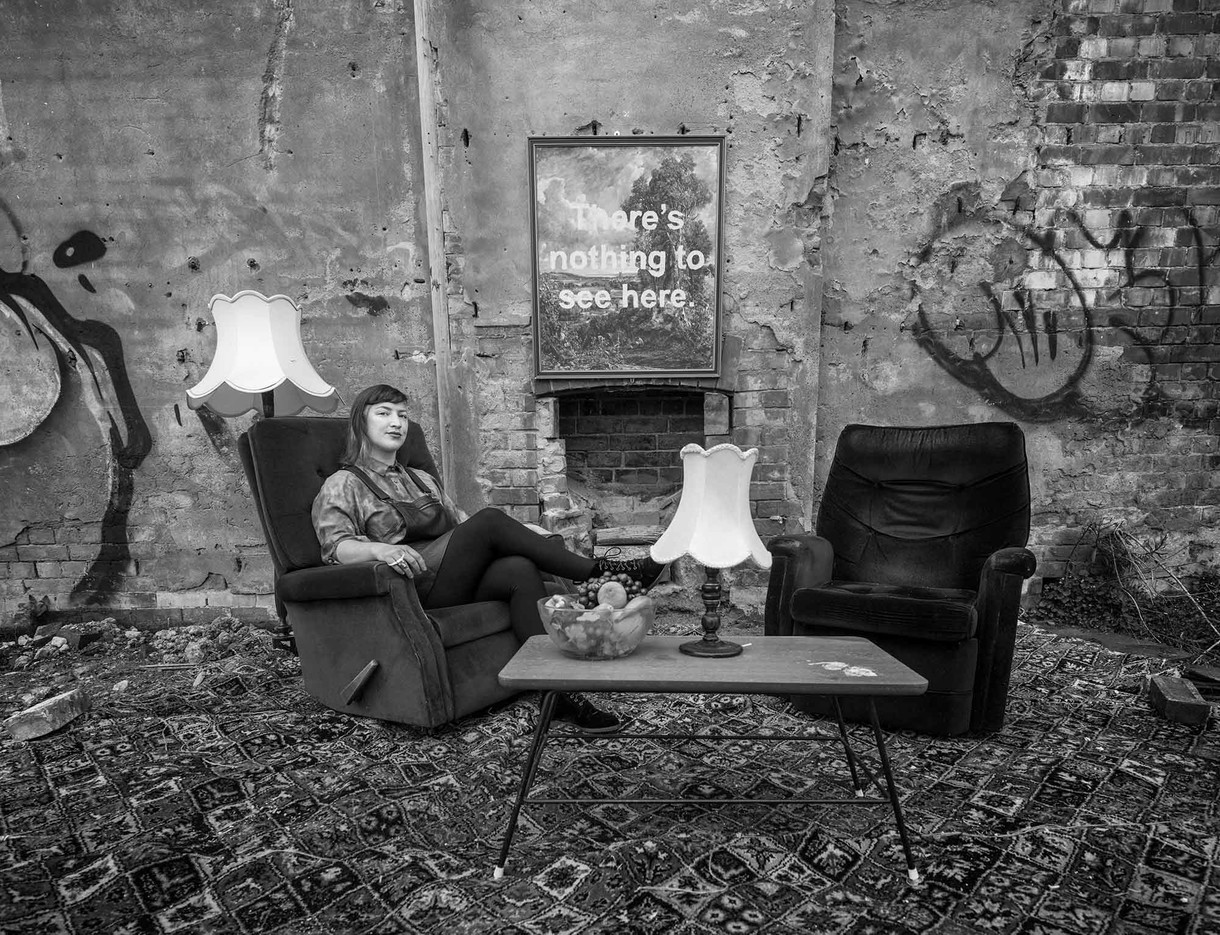
The hungry gap
We invited artists, academics, city makers, curators, health specialists and gallerists to comment on the challenges and opportunities for the arts in our city and what art can contribute to the future of Christchurch.
Commentary

A comfort for the soul
Six private collectors talk about what motivates them to collect art, what their collections say about them, and when they first realised they were collectors.
